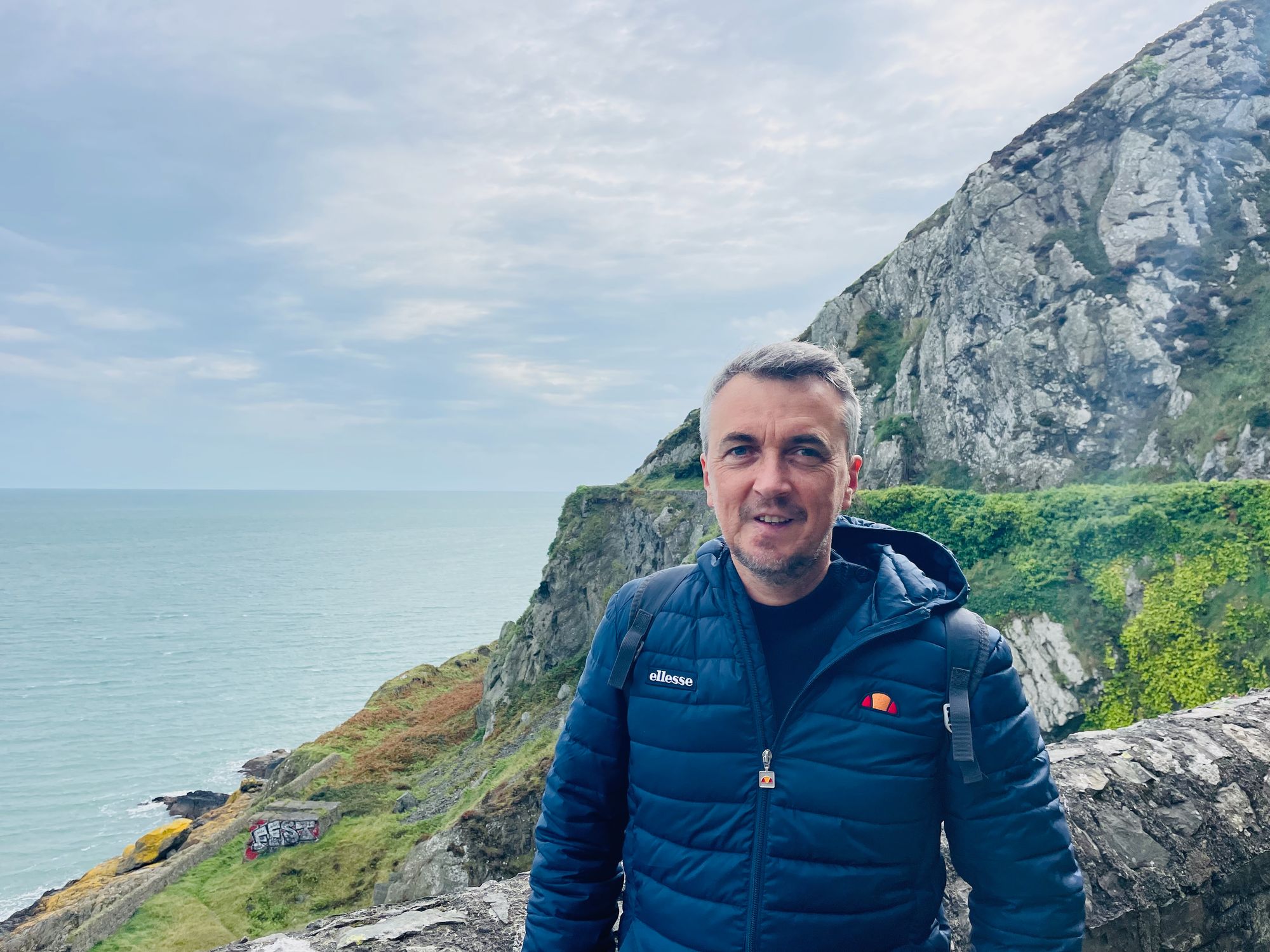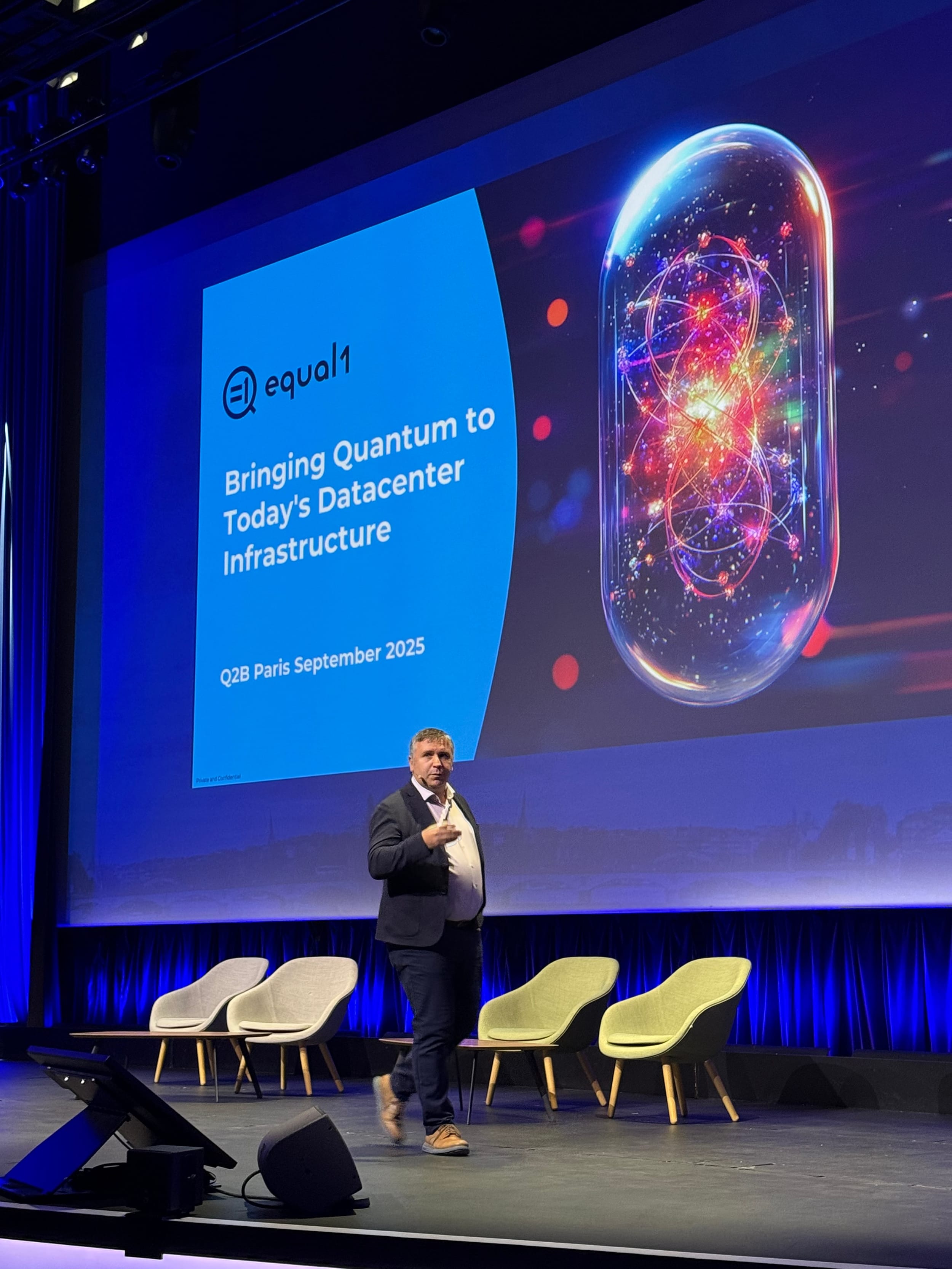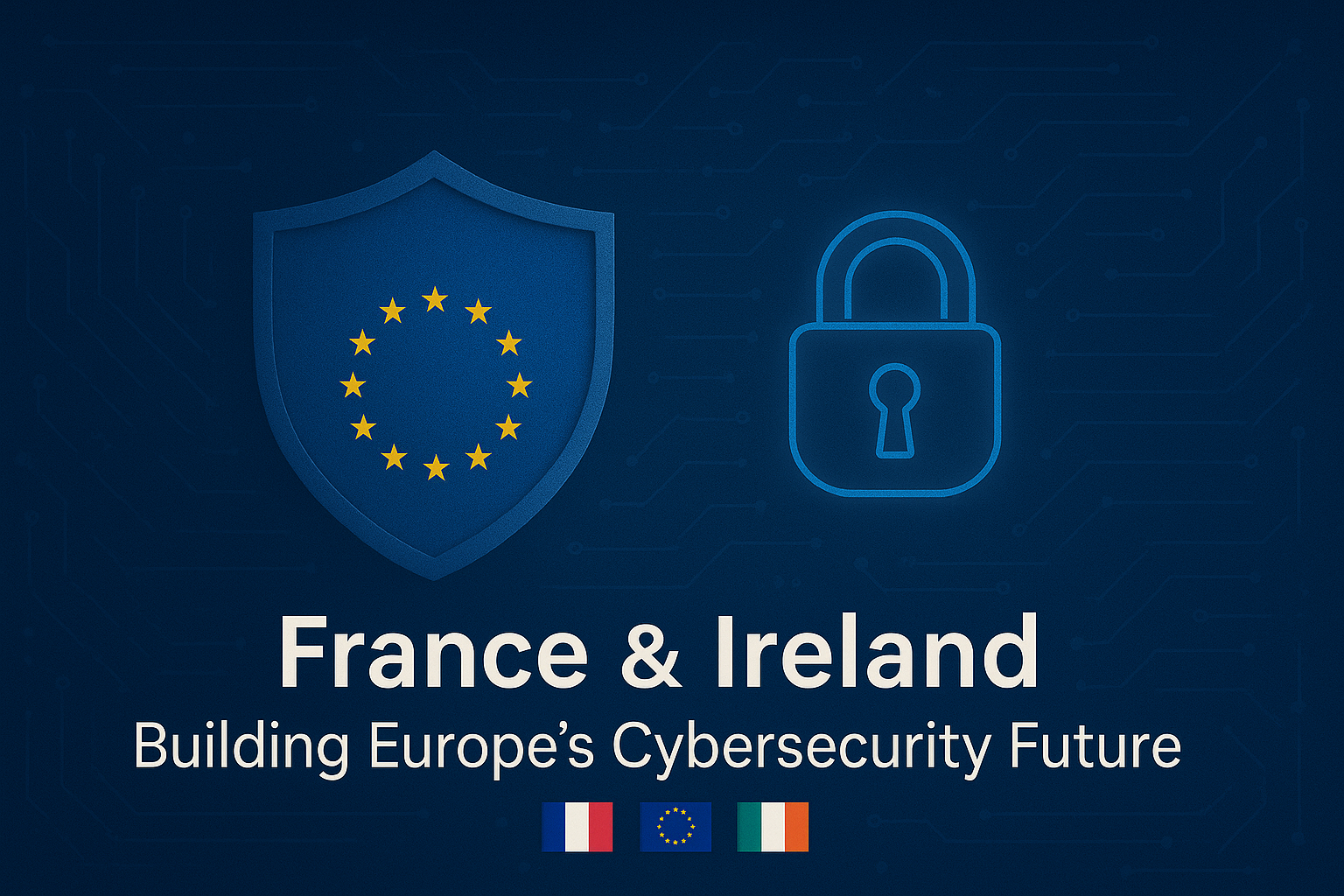
🇪🇺 Europe is taking a new step toward digital sovereignty. France, Germany, Italy & the Netherlands join forces through the Digital Commons EDIC — building open, trusted, energy-efficient infrastructures at continental scale. A new architecture of cooperation. ✨
A new phase in Europe’s digital strategy
Europe’s digital ecosystem is evolving fast. For years, the continent relied on global platforms that brought enormous efficiency and innovation — but also created new dependencies. As data, AI and computing power became strategic resources, the need for shared European capacity, built on trust, interoperability and openness, became clearer.
In October 2025, France, Germany, Italy and the Netherlands launched the Digital Commons European Digital Infrastructure Consortium (DC-EDIC): a cooperative structure designed to develop and operate shared, open and trusted digital infrastructures at European scale.
Behind this initiative lies a simple idea: Europe must not isolate itself, but it must be able to act together — pooling what each country does best to build a more resilient and balanced digital future.
The Digital Commons EDIC: a cooperative architecture
The EDIC framework, introduced by the European Commission, allows several Member States to combine investments and governance around digital infrastructures. It offers a legal and operational structure for joint action in areas such as:
- Cloud computing and sovereign data management;
- AI and high-performance computing (HPC);
- Cybersecurity and digital trust frameworks;
- Open-source and digital public goods.
The Digital Commons EDIC, headquartered in Paris, is the first of its kind. It will coordinate shared European infrastructure projects — from trusted cloud services to open-source software ecosystems — under European governance and values.
Most importantly, the EDIC is open by design. Other Member States can join “on fair and reasonable terms”, and several (Belgium, Luxembourg, Slovenia, Poland) have already joined as observers. This flexible structure is meant to expand, gradually weaving together a continental network of shared digital capacities.
Sovereignty through cooperation
Europe’s understanding of digital sovereignty has matured. It is not about technological isolation, nor about competing with partners who have long contributed to Europe’s innovation landscape. It is about ensuring autonomy through cooperation — the ability to develop, govern and sustain key infrastructures together, on European terms.
The Digital Commons EDIC reflects this mindset. It aims to strengthen Europe’s ability to act collectively, while maintaining full openness to global collaboration.
Sovereignty, in this sense, is not a wall — it’s the capacity to decide, to innovate responsibly, and to share the benefits of technology among European citizens and partners.
The Franco-Irish synergy: a shared capacity in motion
While France is among the founding members of the DC-EDIC, Ireland is strengthening its position within Europe’s AI and HPC landscape, pursuing initiatives that complement and interact with the same continental dynamics.
In 2026, Ireland will launch its AI Factory Antenna, coordinated by ICHEC and CeADAR, as part of the EuroHPC Joint Undertaking network — providing national access to AI-optimised computing capacity for research, industry and public bodies.
The recent decision to procure the CASPIr supercomputer, to be hosted at ICHEC in Galway, will further anchor Ireland in the European HPC ecosystem and significantly expand its national computing capabilities.
Across the Channel, France’s AI Factory and its HPC actors (GENCI, CEA, Inria) are following a similar trajectory — broadening access to computing power, fostering sustainability, and promoting open and trusted digital infrastructures.
Together, these parallel efforts illustrate how national initiatives can interconnect within Europe’s broader architecture: different routes leading toward a shared objective — a more capable, cooperative, and sovereign digital Europe.
Why this initiative matters
The stakes extend well beyond infrastructure. Digital sovereignty is now intertwined with Europe’s environmental, industrial and scientific ambitions:
- Green transition : data centres, AI and HPC must become sustainable and energy-efficient.
- Economic resilience : Europe needs to diversify and secure its digital supply chains.
- Research and innovation : scientists and startups require shared access to computing and data resources.
- Trust and governance : citizens expect transparency and accountability in how data and algorithms are used.
The Digital Commons EDIC provides a framework where these priorities converge — aligning technology, policy and public interest.
A pragmatic European approach
What makes the DC-EDIC distinctive is its pragmatic, modular nature. Each country contributes at its own pace — through infrastructure, software, or expertise — while observers can join pilot projects before becoming full members.
This flexibility allows both large and smaller Member States to engage meaningfully, avoiding a two-speed Europe while recognising diverse starting points.
In this context, Ireland’s new HPC acquisition and AI Factory Antenna could naturally interface with future EDIC initiatives focused on AI compute, data governance or sustainable infrastructure. The same holds for France, whose ecosystem offers a testbed for open-source services and cloud governance models.
Such complementarity shows how sovereignty in Europe is increasingly distributed, not centralised — emerging from cooperation between national and regional ecosystems rather than from a single top-down design.
This, ultimately, is the quiet strength of the Digital Commons EDIC: a European method for digital progress — cooperative, inclusive, and grounded in shared trust.


